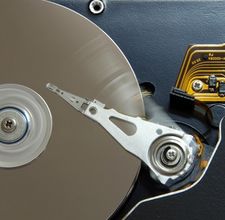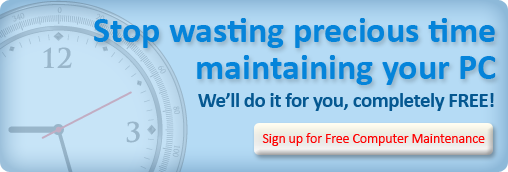 Troubleshooting computer problems can be a tedious task without the proper tools. Luckily, Microsoft includes multiple useful utilities to help with computer problems.
Troubleshooting computer problems can be a tedious task without the proper tools. Luckily, Microsoft includes multiple useful utilities to help with computer problems.
PC troubleshooting is a breeze when using the CHKDSK (check disk) utility in Windows. Troubleshooting disk errors can be done in the command prompt, however a much more user-friendly option is available. Use CHKDSK to review damaged files, disk errors, and much more.
Ensure that you backup your important files and documents before beginning any PC troubleshooting. After saving important files and documents the next safety step to take is to make sure your computer will have a constant source of power throughout the entire disk check process. A loss of power during a disk check can result in permanent damage to the hard drive.
Here’s how to troubleshoot a computer problem with CHKDSK:
- Click the Start button.
- Click on Computer
- Choose the hard drive you wish to troubleshoot and right-click it.
- Select properties from the menu that appears.
- Locate the Tools tab and select Error-checking
- Click Check Now
Check Disk can also fix folders and files that are detected during the disk scan. If you desire to have CHKDSK fix folders and files that are damaged select Automatically fix file system errors. This will help with the computer troubleshooting process because if this option is not selected then the disk check will only report damaged files and folders.
To perform a more in depth check of your hard drive select the option labeled Scan for and attempt recovery of bad sectors. If there are physically damaged areas on the hard drive the check disk program will attempt to repair the damaged areas. However, be aware that if you select this option the PC troubleshooting will take a longer amount of time to complete.
After making the necessary selection options click Start. The amount of disk space on your hard drive will affect the time required to complete the disk check.
To speed up the PC troubleshooting disk check process ensure that there are no other programs running. The reasoning behind this is to allow your computer to concentrate its resources solely on the disk check.
If this PC troubleshooting technique does not work to the extent you had hoped, then it might be necessary to attempt a disk check through the command prompt. To open the command prompt click Start and type cmd.exe in the search box. Then, select the command prompt search result.
PC troubleshooting hard drives using disk check in the command prompt:
- Type chkdsk X:
- X is the letter of the drive you wish to check
- Press Enter on the keyboard.
To perform a more in depth search and also repair errors found on the hard drive type chkdsk /f X: and press Enter on the keyboard. However, disk check cannot perform repairs on hard drives that are currently in use. The command prompt will display an option for you to designate a disk check of that particular hard drive the next time your computer restarts. If you wish to check a hard drive that is currently being used make sure to select Yes when presented with that option.
To perform the task of Check Disk on an automated schedule, be sure to sign up for Free Computer Maintenance. Our free software will automate multiple computer maintenance tasks, so that you have more time to focus on actually using your computer.
